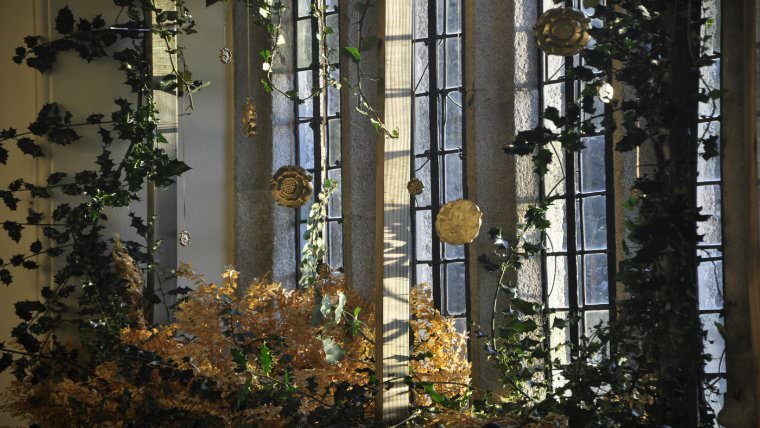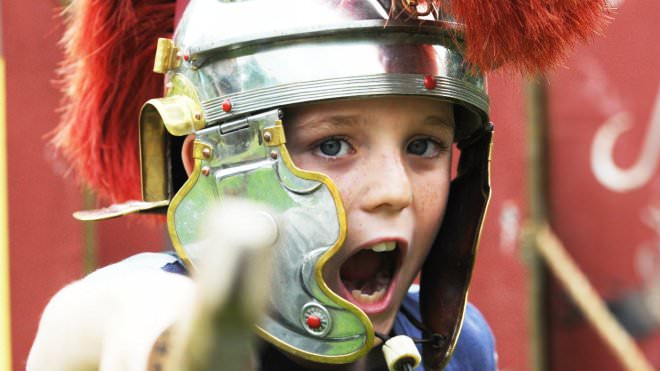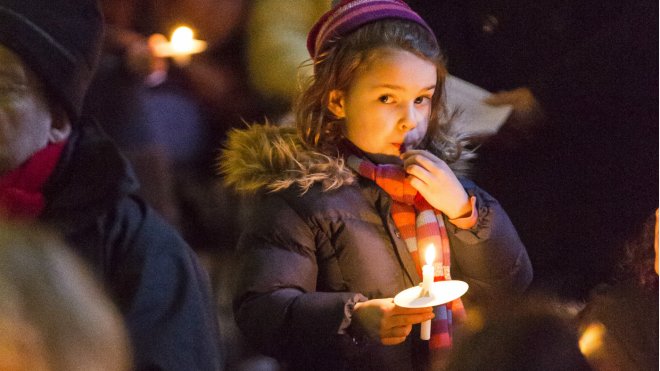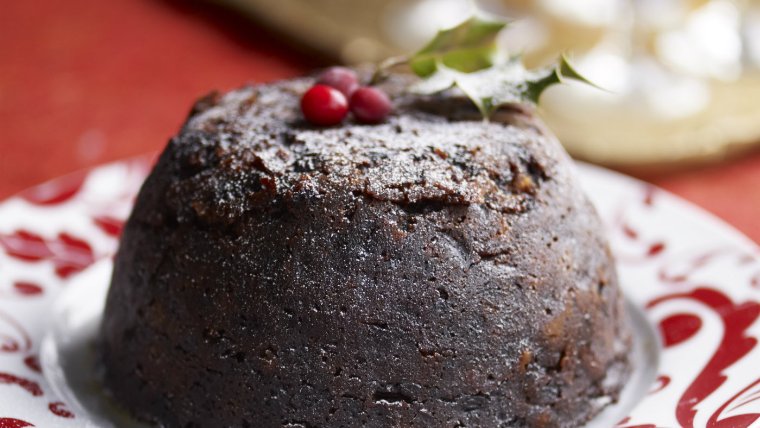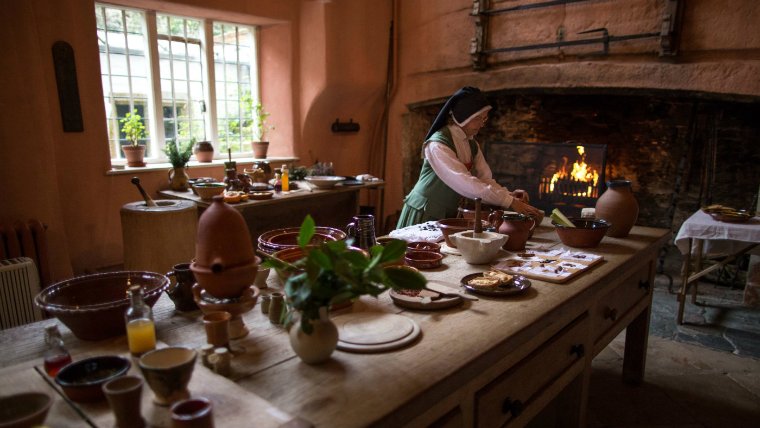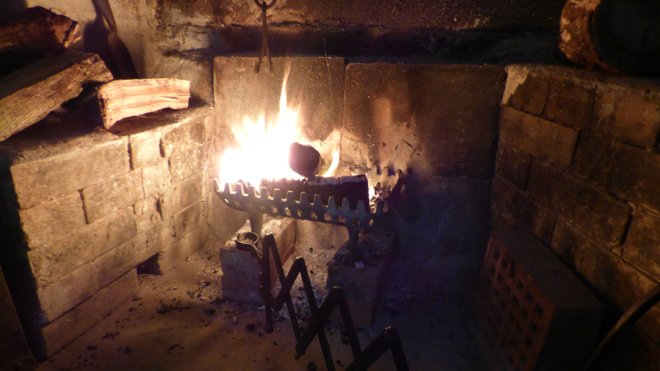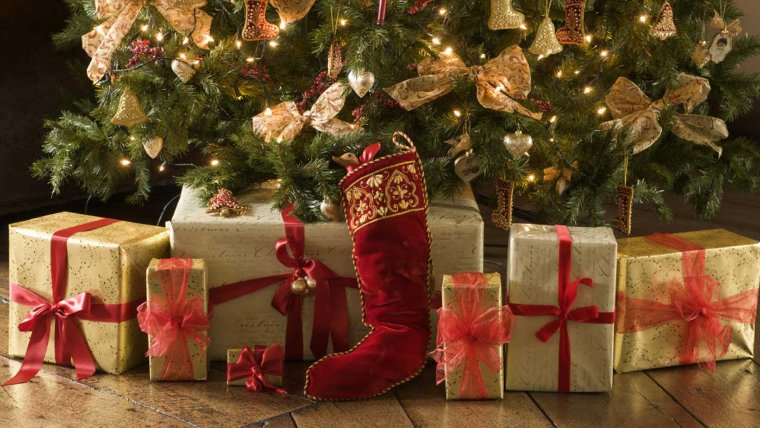We all have festive traditions we like to stick to at Christmas. But have you ever wondered where these customs began? When you’re caught up in the hustle and bustle of Christmas, imagine how our Roman, Victorian and medieval ancestors would have prepared for the season. Does it resemble or even inspire your celebrations this year?
1. Midwinter decorations
We were decorating our homes in the cold dark winter months long before Christmas began. At medieval castles like Bodiam, in East Sussex the castle’s servants hung up evergreen boughs and lit fires to brighten up winter’s dark days. Kissing boughs were hung from the ceiling decorated with seasonal fruit. Later, people used mistletoe – which was believed to bring good luck and fertility. Even Christmas trees originate from Pagan tree worship and midwinter festivals.
2. Roman midwinter parties
The custom of partying in December comes from the Roman festival Saturnalia. Saturn was the Roman God of agriculture and plenty. The wealthy used to celebrate by playing games as well as eating and drinking lavishly. Chedworth Roman Villa in Gloucestershire, was home to some of the richest people in Britain. One game involved throwing dice to decide who should be play the part of the Saturnalian monarch. Another saw masters and slaves swapping clothes. Rich people also gave gifts to the poor during the winter – to ease the season’s hardship.
3. Home-made entertainment
At a time long before TV Christmas specials, many Tudor houses, like Oxburgh Hall in Norfolk, would invite musicians to entertain them on instruments like the virginal. Tales of storytelling round the fire appear in many historic accounts of Christmas. In Victorian times, house parties included games like charades or musical chairs. Charles Paget Wade, formerly of Snowshill Manor, Gloucestershire wrote of musical chairs: ‘all alert for the sudden stop of the piano then what a delightful scamble’. Sometimes a travelling theatre company would set up in the hall of large country houses to perform to the guests.
4. The ancient pudding
We’ve been eating plum porridge – the earliest form of Christmas plum pudding – since the middle ages. In those days it was made of shin of beef or veal, stewed with dried fruit, spices, sugar, lemon juice and claret. The tradition of stirring it on the Sunday before advent was well established by the 1800s. Children would stir in silver Christmas charms including coins, a ring to foretell a marriage, a horseshoe for luck and a thimble for a life of blessedness. Twigs of variegated holly with berries were placed on each side to keep away the witches. At Coughton Court in Warwickshire, the puddings were made with stout then given out to the local old people.
5. Seasonal feasting
People have been enjoying over-indulging during mid-winter for centuries. In medieval times, there was strict austerity during advent and a fast on Christmas eve. You can imagine the relish with which people at places like Sizergh in Cumbria tucked into their plum porridge, meat and yule loaves on Christmas day.
6. Superstitions
Many ancient superstitions surround Christmas. For example, a large log of oak would be brought in that had to be too heavy for one man to lift. They would put it on hearth in the houses like Tyntesfield. If it was still smouldering on Christmas Day then it was said that the home would be prosperous for the coming year. A New Year’s Eve tradition was that just before midnight the master of the house and all his guests would go from room to room opening every door and window, however cold the weather. The story went that the ‘burden’ of the old year could be let out, leaving everything new for the time to come.
7. Gift giving
Christmas was also a time where wealthy people thanked the staff working in their homes. In Edwardian times at Lyme Park in Cheshire there would be tea in the servants’ hall followed by a children’s Christmas party. Children were given gifts like an orange or a small toy. Servants might be given a dress length, a woollen jumper, some money, a piece of meat or even an umbrella. Sometimes presents were buried in a bran tub, set next to a great shimmering tree.
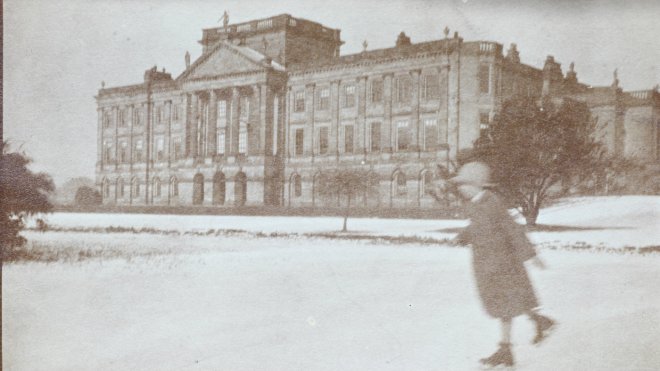
People used to dance on ice at country houses like Lyme Park during the festive season / National Trust
8. Dancing and skating
Dancing has been a central part of Christmas celebrations for centuries. Owners of country houses would engage live musicians to accompany set dances. Charles Paget Wade, former owner of Snowshill, Gloucestershire described the ‘rare adventure of a drive by night in the carriage’ to a Christmas dancing party. Country houses like Lyme Park invited guests to skate when their lakes froze over
